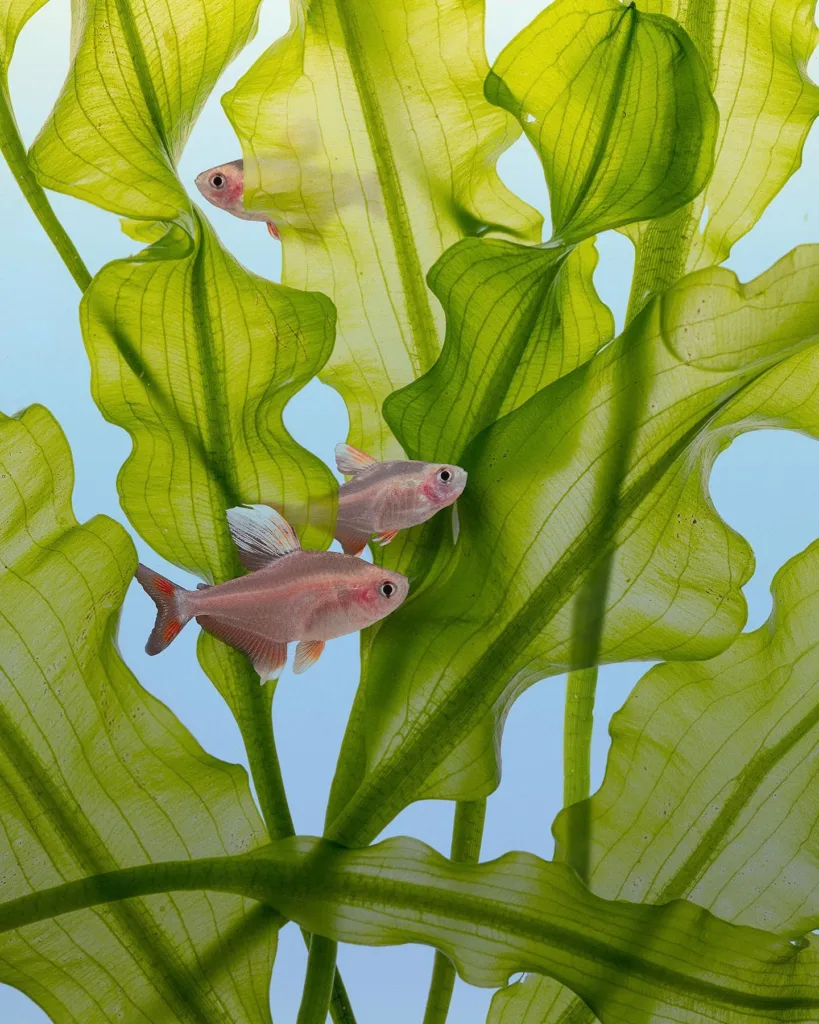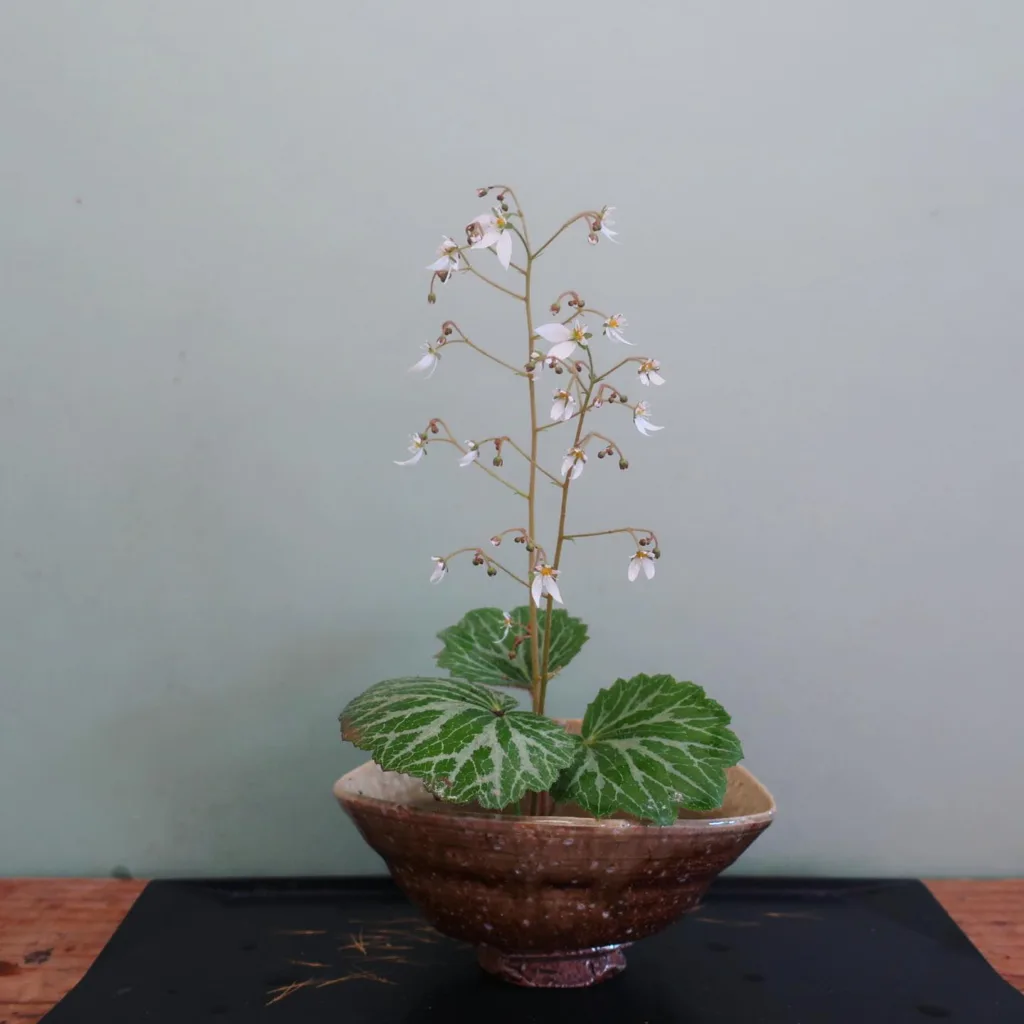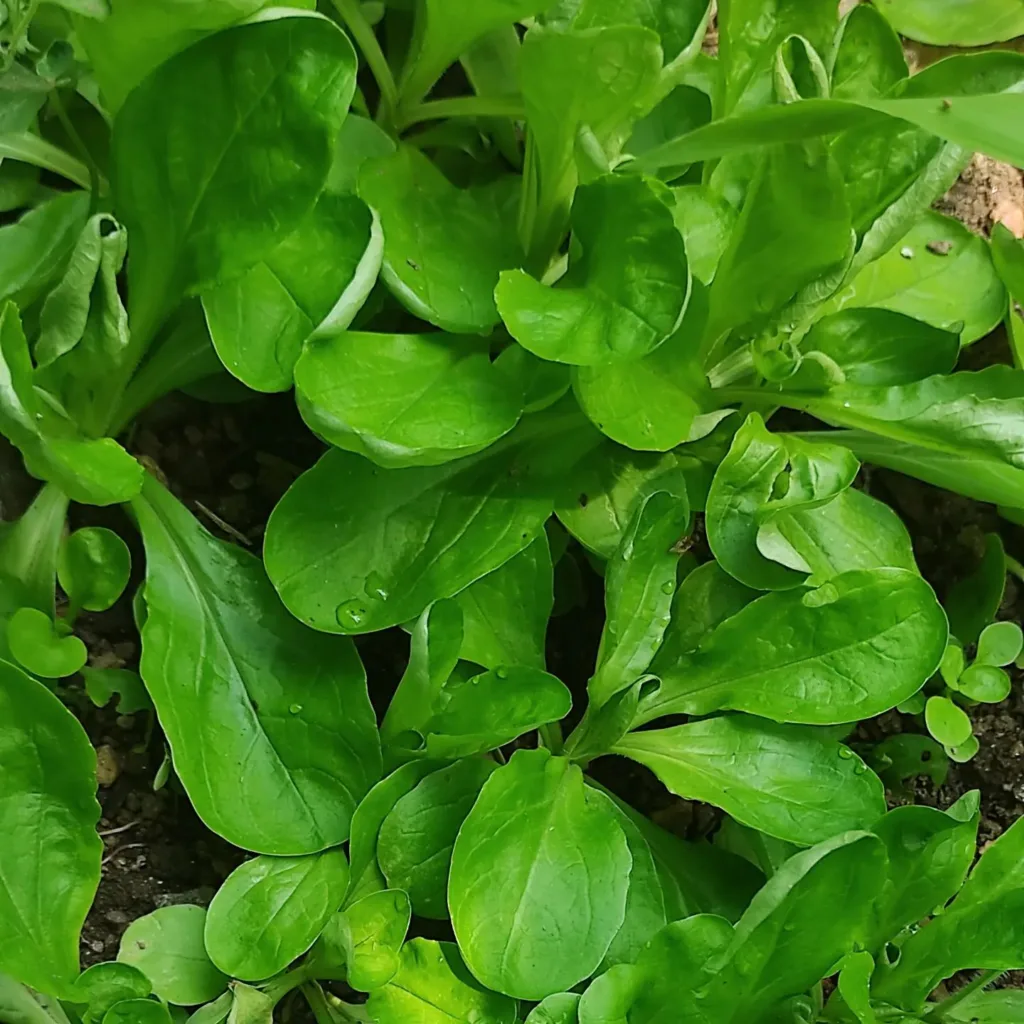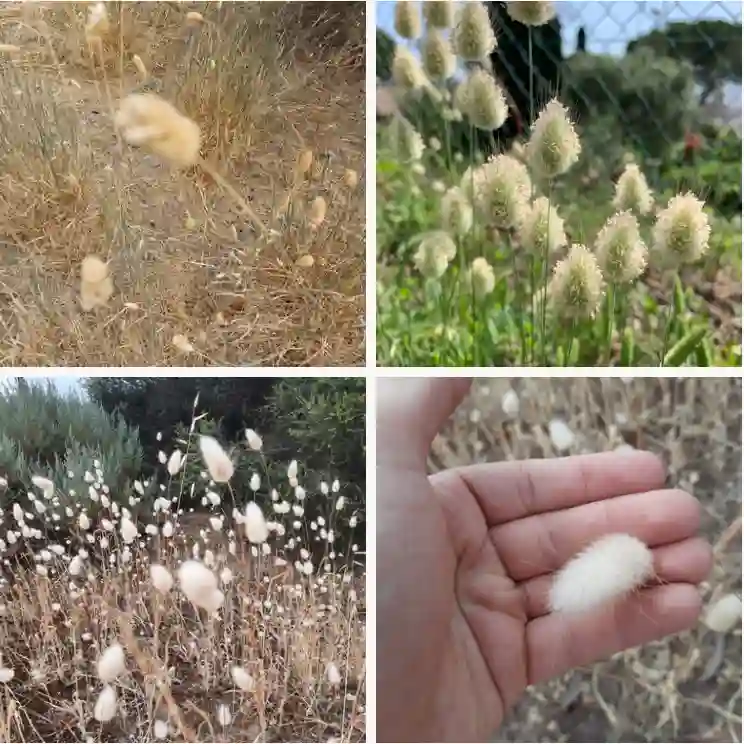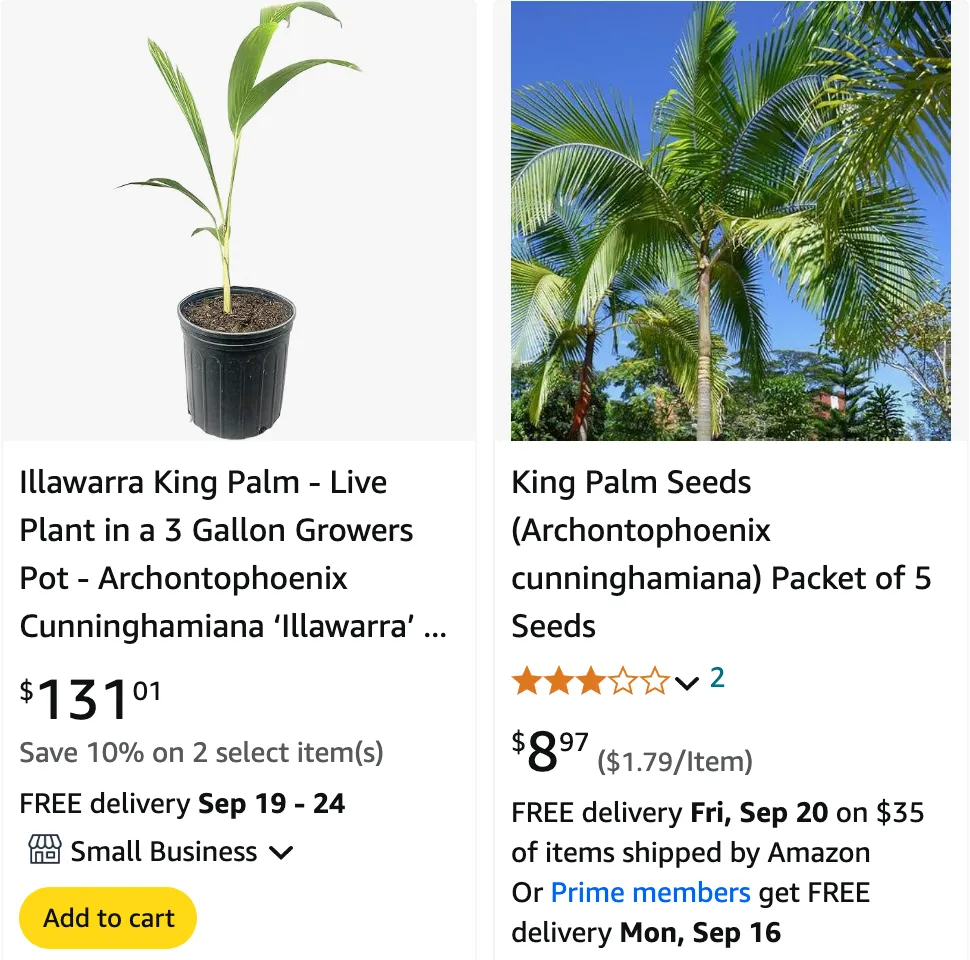
FAQs About Archontophoenix Cunninghamiana
When it comes to tropical plants that can add a touch of elegance to any garden, Archontophoenix Cunninghamiana, commonly known as the Bangalow Palm or King Palm, stands out. As a passionate gardener, I’ve encountered numerous questions about this striking palm. Here’s a comprehensive guide to help you understand and care for Archontophoenix Cunninghamiana.
Plant Family: 184 Genera in Arecaceae
What is Archontophoenix Cunninghamiana?
Archontophoenix Cunninghamiana is a stunning palm belong to the Arecaceae family, native to Queensland, Australia. Known for its graceful, feathery fronds and slender trunk, it can grow up to 20-30 feet tall. This palm is highly valued for its aesthetic appeal and ability to thrive in various climates.
How to Care for Archontophoenix Cunninghamiana?
Caring for Archontophoenix Cunninghamiana requires some specific attention:
- Sunlight: It thrives in full sun to partial shade. Ideally, it should receive at least 4-6 hours of direct sunlight daily.
- Watering: Keep the soil consistently moist but not waterlogged. During the growing season (spring and summer), water it regularly. In winter, reduce watering frequency.
- Soil: It prefers well-draining soil. A mix of sandy loam with organic matter works best.
- Temperature: Archontophoenix Cunninghamiana is hardy in USDA zones 10-11. It can tolerate temperatures as low as 30°F (-1°C) but thrives in warmer climates.
- Fertilization: Feed with a balanced, slow-release palm fertilizer every 2-3 months during the growing season to ensure healthy growth and vibrant foliage.
How to Propagate Archontophoenix Cunninghamiana?
Propagation of Archontophoenix Cunninghamiana is typically done through seeds. Here’s a step-by-step guide:
- Seed Collection: Harvest seeds from mature palms. They should be brown and dry.
- Preparation: Soak the seeds in water for 24-48 hours to soften the outer shell.
- Planting: Plant the seeds in a well-draining seed-starting mix. Sow them about 1 inch deep.
- Germination: Keep the soil consistently moist and warm (around 75°F or 24°C). Germination can take several weeks to a few months.
- Transplanting: Once seedlings are large enough to handle, transplant them into individual pots or directly into the garden.
What to Plant With Archontophoenix Cunninghamiana?
Archontophoenix Cunninghamiana pairs well with other tropical and subtropical plants. Consider planting it alongside:
- Bird of Paradise: Their bold foliage complements the palm’s elegance.
- Hibiscus: Offers vibrant flowers that contrast nicely with the palm’s greenery.
- Philodendron: Adds lush, exotic vibes to the garden bed.
Is Archontophoenix Cunninghamiana Toxic?
No, Archontophoenix Cunninghamiana is not considered toxic to pets or humans. It’s a safe choice for gardens where animals and children play.
Benefits of Archontophoenix Cunninghamiana
The Bangalow Palm offers several benefits:
- Aesthetic Appeal: Its feathery fronds and elegant stature make it a standout feature in any garden or landscape.
- Low Maintenance: Once established, it requires minimal care, making it a great choice for busy gardeners.
- Versatility: It adapts well to a variety of soil types and light conditions, adding flexibility to your garden design.
Common Problems with Archontophoenix Cunninghamiana
While generally low-maintenance, Archontophoenix Cunninghamiana can face a few issues:
- Nutrient Deficiency: Yellowing fronds may indicate a lack of potassium or magnesium. Regular feeding can prevent this.
- Pests: Watch out for scale insects and spider mites. Regular inspection and appropriate treatments can keep these pests at bay.
- Fungal Diseases: Ensure proper air circulation and avoid overhead watering to prevent fungal infections.
How Does Archontophoenix Cunninghamiana Compare to Similar Palms?
Archontophoenix Cunninghamiana is often compared to other palms like the Syagrus Romanzoffiana (Queen Palm) and Veitchia Merrillii (Christmas Palm). Here’s how it stacks up:
- Syagrus Romanzoffiana: While both palms have a slender trunk and feathery fronds, the Queen Palm grows faster and has a more robust trunk. Archontophoenix Cunninghamiana, however, tends to have a more refined appearance.
- Veitchia Merrillii: The Christmas Palm is smaller and has a more compact growth habit compared to the Archontophoenix Cunninghamiana. It also has a more pronounced ringed trunk.
In summary, Archontophoenix Cunninghamiana is a beautiful and versatile palm that can enhance any garden with its elegance and low-maintenance requirements. By understanding its needs and potential issues, you can ensure it thrives and remains a stunning focal point in your landscape.
If i die, water my plants!
